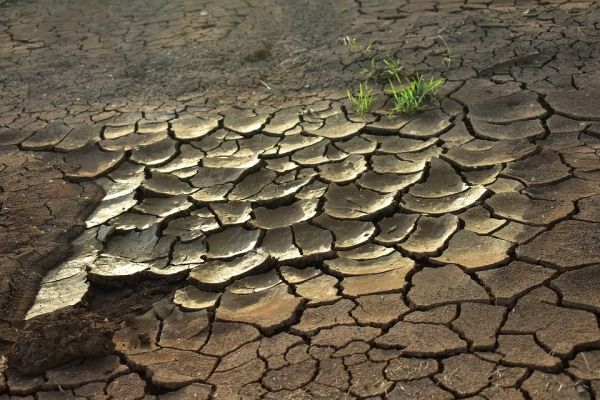New research identifying climate vulnerability hotspots has found that the number of people affected by multiple climate change risks could double if the global temperature rises by 2°C, compared to a rise of 1.5°C.
The team, led by IIASA Energy Program researcher Edward Byers, investigated the overlap between multiple climate change risks and socioeconomic development to identify the vulnerability hotspots if the global mean temperature should rise by 1.5°C, 2°C and 3°C by 2050, compared to the pre-industrial baseline. Since those in poverty are much more vulnerable to climate change impacts, knowing where and how many vulnerable people are at high risk is therefore important for creating policies to mitigate the situation.
The researchers from IIASA, Global Environment Facility (GEF), the United Nations Industrial Development Organization (UNIDO), the University of Oxford, and the University of Washington, developed 14 impact indicators in three main sectors – water, energy, and food & environment – using a variety of computer models. The indicators include a water stress index, water supply seasonality, clean cooking access, heat stress events, habitat degradation, and crop yield changes. They compared the potential risks at the three global temperatures and in a range of socioeconomic pathways, to compare more equitable, sustainable development with pathways characterized by development failures and high inequality.
In 2011, an estimated 767 million people were living on less than US$1.90 per day, classed as extreme poverty, and the research team estimated that a further 3.5 billion people are “vulnerable to poverty”, living on less than US$10 per day.
Read more at International Institute for Applied Systems Analysis
Photo Credit: pisauikan via Pixabay


